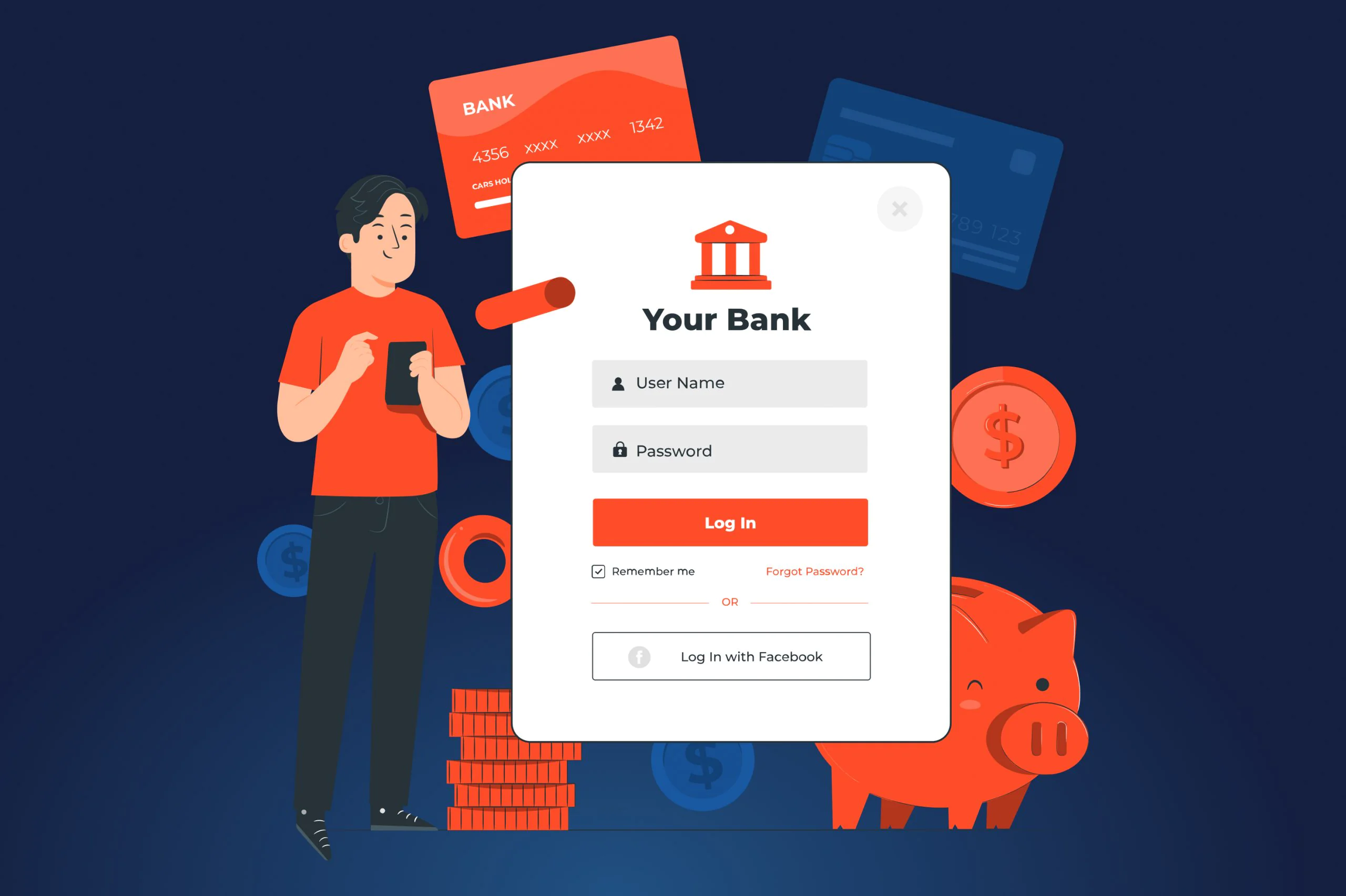The digital payment market is still up for grabs for fintech startups. Even though it may seem like Stripe and PayPal have become monopolies, there are still many opportunities for newcomers. The pandemic changed our shopping habits, making the e-commerce sector as dynamic as never before. The transaction value is likely to increase by 15.2% in the United States and 16.3% in Europe from 2020 to 2025.
Now, you, dear reader, might have found the easiest way to deal with this market change (in other words, a third-party integration). But we must assure you that building your own payment solution may be more beneficial in the long run. Together with the JatApp team, let’s dive into the perks of creating a custom payment gateway and strategies on how to become a payment aggregator.
Tempting benefits of a custom payment gateway
Building your own payment solution always means going the extra mile compared to simply using third-party integrations. Yet, you also reap off more benefits when deciding to make such an effort. Let’s find out what advantages a custom payment gateway solution can bring to the table.
- Lower fees. Service providers are finally gone from your life! You no longer have to pay per-transaction and monthly fees, once you’ve got your own payment solution.
- Customization. If you want a thing done well, do it yourself. No matter how reasonably priced your vendor is, there will always be something in software you’d want to either change or improve. For instance, one of our American clients turned to us precisely for this reason. We helped them develop a payment gateway with killer functionality that was lacking in many other service providers, like cascading payments and chargeback protection.
Our payment gateway functionality
- Additional revenue. You can also think of your custom payment solution as a source of additional revenue. By offering your payment gateway to other commerce merchants you can recapture the money invested in development.
Having discussed the major benefits, let’s get into specific steps for creating a custom payment solution.
Five main steps for building your own payment gateway
All it takes to build your own payment gateway is five key steps. Let’s discuss them in detail.
Define the requirements
When building your own payment gateway, it’s crucial to start by getting to know your users’ needs. Once you get a grasp of your clients’ cravings, you’ll be able to pinpoint features that your software should offer to ensure superior user experience. To accurately define these requirements, consider the following things:
- Payment types. Will you be offering credit card payments, bank transfers, or mobile payments? Your choice will heavily depend upon the country where your business is located and who your target audience is.
- Location. Legal requirements for processing payments differ from country to country, so you need to ensure that your solution complies with local regulations. Besides, you might want to go for a payment method that is popular in your chosen location to make sure the transaction process is convenient for your target audience.
- Currencies. You’ll also need to settle down on the type of currency your solution will support. This decision, in turn, will depend on the payment type you selected and the country in which you’ll operate.
Get all necessary certifications
Each country has different legal requirements and there’s nothing new about that. Getting all payment aggregator licenses and certifications can make you sweat a bit, as any slight mistake may put your business in legal and financial jeopardy. Not to let that happen, we highly recommend consulting legal experts, who would help you identify what certifications and licenses you need to have to enter your market.
Once you see all the legal hoops you have to jump through, you may start to apply for necessary licenses. But don’t worry, it’s not as challenging as it sounds. Just be prepared to submit an application, gather all relevant documents, and pay some fees to make it happen.
Select a payment processor
Randomly picking a payment processor can make your project slip through the cracks into the darkness. To make the decision you won’t regret, you should consider these important factors:
- Security. Your payment processor should be compliant with rigorous security standards, like PCI-DSS (Payment Card Industry Data Security Standard) that helps to protect users’ sensitive data.
- Fees. Different payment processors charge different fees for transactions. You may want to choose those that offer decent prices for the currencies and payment methods you have selected.
- Integration. An easy-to-use application programming interface (API) will save you from many sleepless nights. Make sure a processor’s API is well-supported, so you can get assistance when necessary, and properly documented, so you can solve problems on your own.
Build the payment gateway software
As you’re getting closer to the stage of developing the software and infrastructure, you’ll need to consider a few major steps:
- Designing the user interface. The success of your payment solution depends on how intuitive and user-friendly it is. Your team should design the solution that allows your users to easily process their payments, which may presuppose building such features as error handling and customizable payment forms.
- Building the transaction processing engine. This engine is the backbone of your solution, which is responsible for handling the authorization and settlement of payment transactions. Your main task here is to make sure that it supports a variety of payment methods, like debit cards, credit cards, bank transfers, and e-wallets. The more payment preferences you cater to, the better you’ll be able to stay ahead of the competition.
How online payment works
- Implementing security protocols. Without robust security protocols, you’re voluntarily giving away all sensitive data to scammers. Implementing tokenization, encryption, and secure communication channels is not just a whim, but necessity.
- Integrating with payment networks. You should also take care of integrating your software with networks, such as Mastercard, Visa, and/or American Express in order to authorize users’ transactions.
Test the payment gateway
The last thing you want is for different bugs to get in the way of your company’s success. Before launching your payment gateway, you’ll need to keep an eye out for any technical problems that may arise. One area you’ll need to focus on is ensuring seamless integration with merchant sites, so that users can process transactions without any headache.
Another thing you should take into account is performance testing. This helps to make sure your payment portal can handle high volumes of transactions, as your user base grows. Finally, quality assurance engineers should also look for any possible security vulnerabilities, guaranteeing that user data is well protected from prying eyes.
Build a payment gateway and client trust with JatApp
Building your own payment solution is a good investment decision, especially if you’re a for-profit organization that handles more than 20,000 payment transactions annually. This way, you may not only get rid of expenses associated with service providers, but also boost customer trust in your website. Clients are more willing to deal with businesses that have an in-built payment system than those that depend on third-party providers. If you’re searching for a way to improve your reputation and protect your users from fraudulent actions, creating a custom payment gateway should be the priority on your list of goals.
If you need a software company to build a payment gateway, then look no further. JatApp has seven years of experience in building payment solutions that ensure secure, fast, and seamless transactions. We’re certified to build software that aligns with PCI DSS requirements. Each year, we successfully pass the compliance test conducted by an independent audit agency to make sure we’re meeting the highest security standards.
Leave us a message today to let our team know about your ambitious fintech goal.






